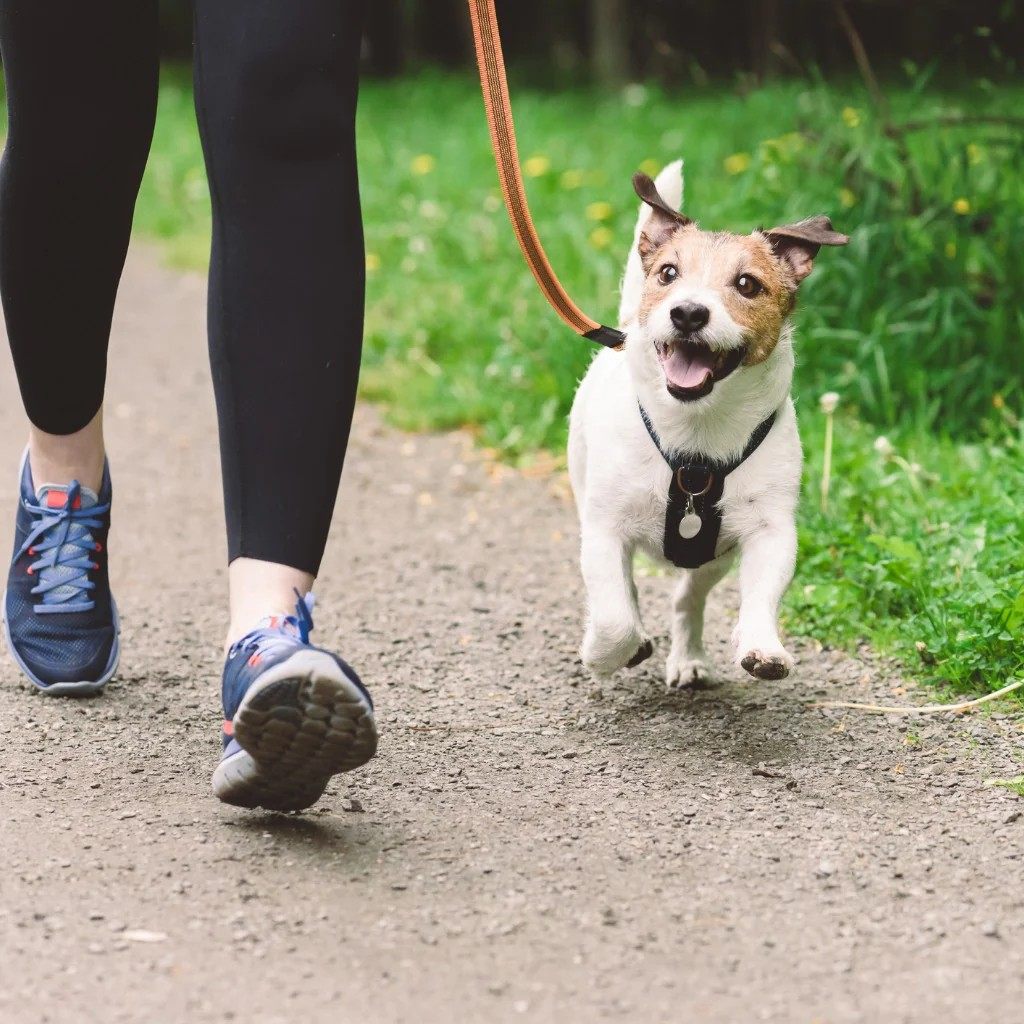
The Ultimate Guide to Training Your Dog to Walk on a Leash
Share
Walking your dog should be a pleasant experience, not a struggle! Regardless of whether you are a first-time dog owner or looking to enhance your pup's leash skills, this guide will assist you in training your beloved companion to walk peacefully and confidently at your side.
Step 1: Start with the Appropriate Gear
Before you start training, ensure that you have the appropriate equipment:
Collar or Harness: Select a collar or harness that fits well and is both comfortable and secure. A customized collar featuring your dog’s name and your contact information is a wise decision in case of emergencies.
Leash: Choose a standard leash (4-6 feet) for training, rather than a retractable one, which may promote pulling.
Treats: Use high-quality treats to keep your dog motivated during the training process.
Step 2: Gradually Introduce the Leash.
If your dog is unfamiliar with wearing a leash, introduce it slowly. Clip the leash onto their collar and allow them to drag it around the house for brief periods. This helps them acclimate to the sensation without feeling pressured.
Step 3: Begin Practice Indoors
Initiate leash training in a quiet environment, such as your living room or backyard.
Reward Calm Behavior: When your dog walks beside you without pulling, offer praise and a treat.
Use a Cue: Introduce a phrase like "Let's go!" to indicate when it's time to start walking.
Step 4: Teach Loose-Leash Walking
Loose-leash walking implies that your dog is neither pulling nor lagging but is walking comfortably next to you. Here’s how you can achieve this:
Start with Short Steps: Take a few steps forward. If your dog stays beside you, reward them with treats and praise.
Stop When They Pull: If your dog pulls, stop immediately. Do not proceed until they return to your side. This helps them understand that pulling does not lead to progress.
Implement Direction Changes: If your dog becomes distracted or starts pulling, change direction and encourage them to follow you. Reward them when they begin to focus back on you.
Step 5: Gradually Introduce Distractions
Once your dog has mastered loose-leash walking at home, take the training outdoors. Start in a calm area and progressively expose them to more distractions such as other dogs, people, and traffic.
Keep Training Sessions Brief: Start with walks lasting 10–15 minutes to avoid overwhelming your dog.
Reward Positive Behavior: Regularly praise and treat your dog when they walk calmly beside you, even in busy surroundings.
Step 6: Maintain Patience and Consistency
Leash training requires time and perseverance. Avoid yanking on the leash or using harsh corrections, as these can promote fear or frustration. Instead, concentrate on positive reinforcement and celebrate small achievements along the way.
Common Challenges and Their Solutions:
Pulling on the Leash: Stop and wait for your dog to return to your side before moving on.
Dealing with Distractions: Use high-quality treats to maintain your dog’s attention on you.
Dog Lagging Behind: Encourage your dog with an enthusiastic voice or a beloved toy to keep them engaged and moving.
Bonus Tip: Make It Enjoyable!
Walking should be a delightful experience for both you and your dog. Use this time to connect, explore, and appreciate nature together. And note that a fashionable, well-fitting collar from RuffTopia can enhance your walks even further!

